A long fight to control humidity in Bordeaux
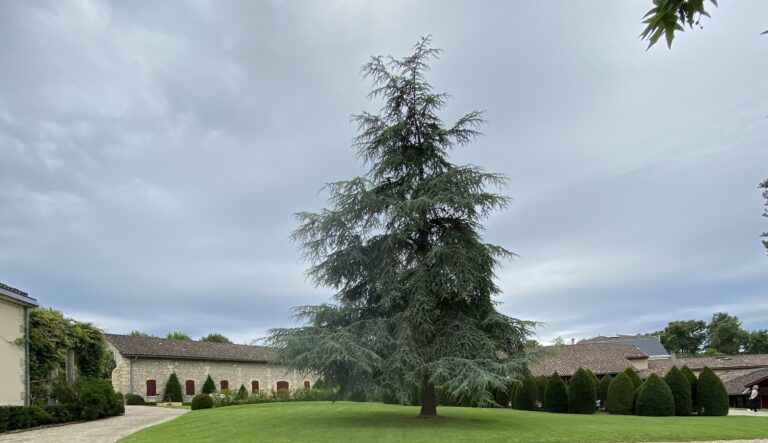
Listrac-Medoc
July 2024
Since this Spring, we have been delighted to represent the Bordeaux estate Château Fourcas Hosten, which joined our fine selection of Genuine Wines family estates.
We work with a select group of estates based on precise criteria, which Château Fourcas-Hosten fulfilled, namely: an atypical vineyard for the Médoc with 2 complementary terroirs, traditional grape varieties typical of the region planted in accordance with the nature of the soils, organic production (biodynamic work in the vineyard and certified organic wines), a modern vilification style that doesn’t rely heavily on oak barrel influences in the ageing program, and a range of cellared vintage wines.
Parcel Organization at Château Fourcas Hosten
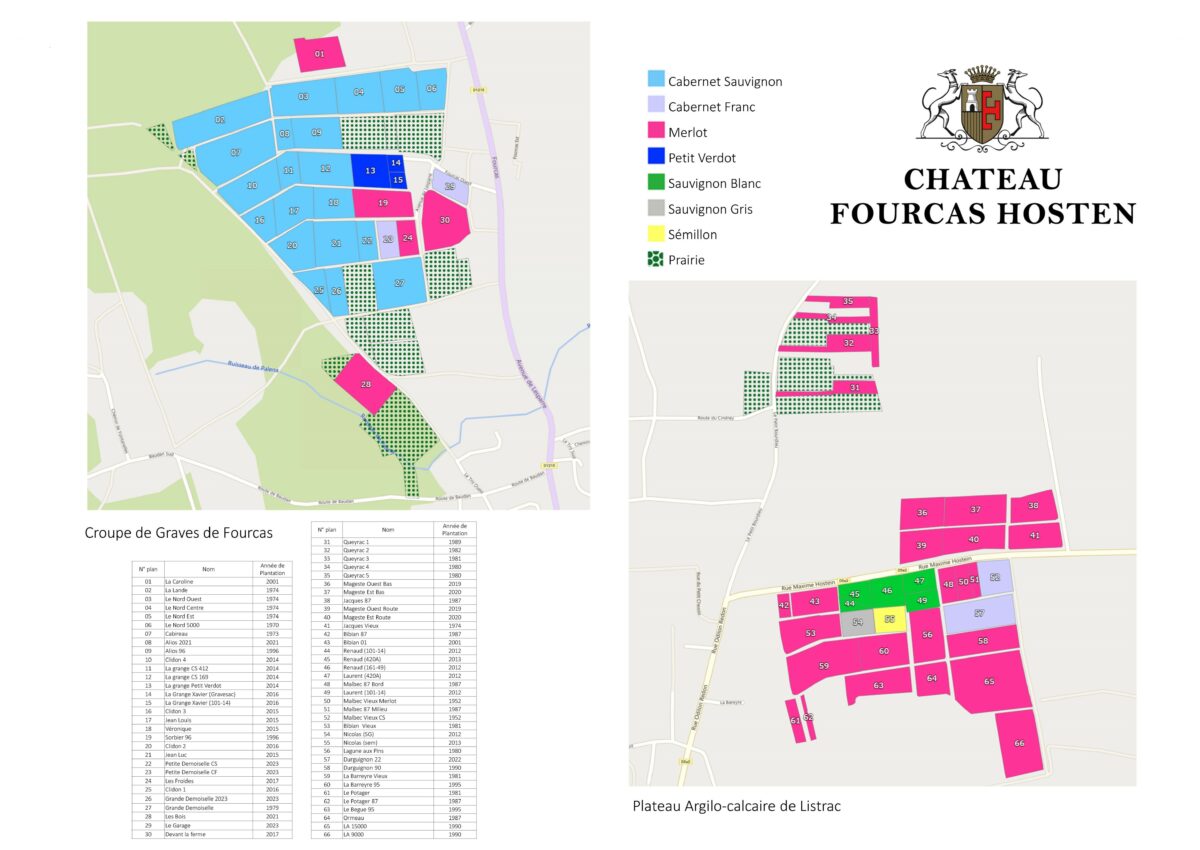
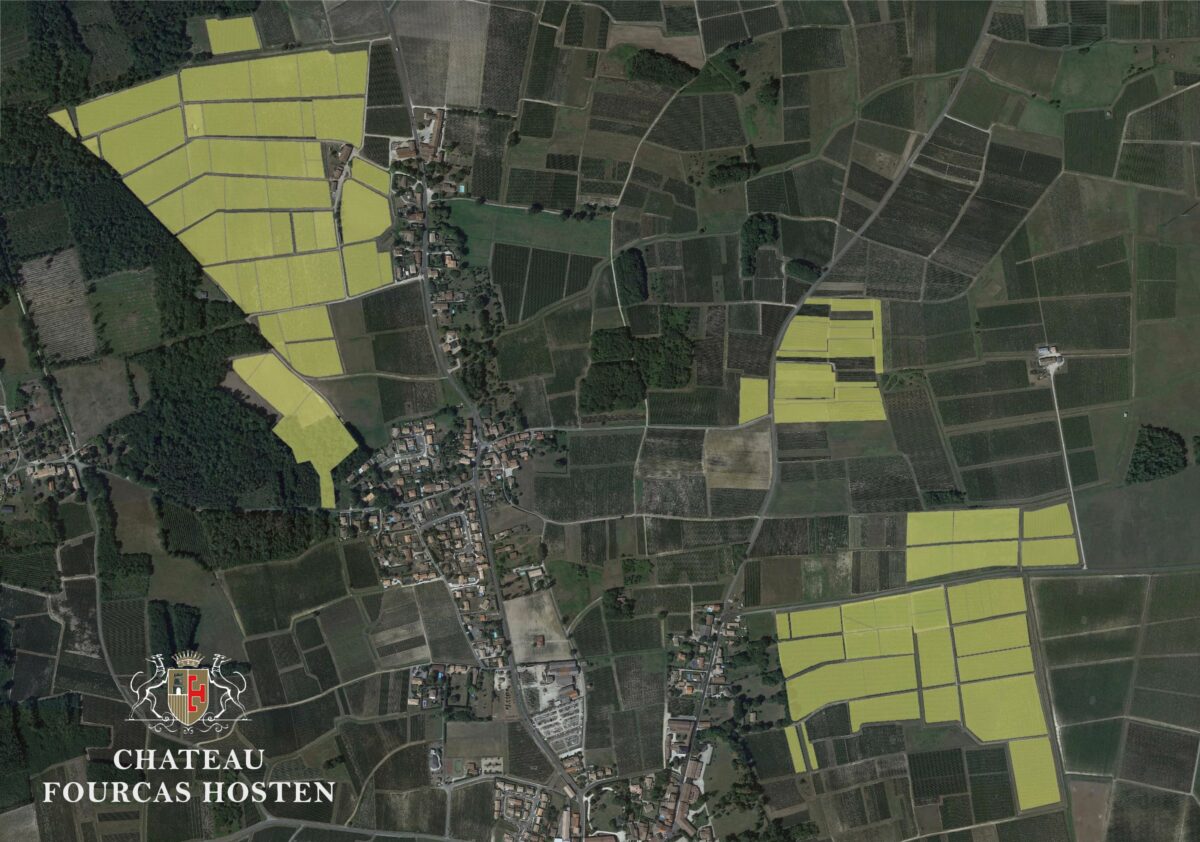
Château Fourcas Hosten has an atypical vineyard for the Médoc. The Listrac AOC is one of the smallest in the region, situated to the west, with some of its plots planted in the upper Médoc. The soils are almost evenly distributed, with :
- 23 hectares planted on clay-limestone soils suited to grape varieties that do not cope well with drought: Merlot, Cabernet Franc and white varieties: Sauvignon blanc, Sauvignon gris and Sémillon. The first white grape varieties were planted in 2012 for Sauvignon and in 2013 for Sémillon in areas where the limestone outcrops.
- 27 hectares planted on Pyrenean gravel, warmer soils perfectly suited to the Cabernet Sauvignon and Petit Verdot varieties. The first few centimetres of the soil are draining, and from 30/40 cm upwards the clay is ideal for retaining water.
Thanks to this organisation of the terroirs, the blends vary gently according to the vintage. In very hot years, the blends are richer in Cabernet Sauvignon, which retains its freshness, and less rich in Merlot, after sorting and removing over-ripe grapes.
On the other hand, in a cold year, the Merlot always reaches maturity, bringing roundness and fruitiness to the wine.
2024, a year full of challenges
After a mild winter, budburst was early. However, vegetative development was slow due to cool temperatures during the Spring. This year, due to the excessive rain and Bordeaux’s natural proximity to the Atlantic ocean, humidity is omnipresent, creating ideal conditions for mildew to develop.
The estate’s vineyard team is working on all fronts in the vineyard to contain the situation. The health of the vineyard is closely monitored and phytotherapy is used to strengthen the vines, healing after hailstorms with chamomile teas, and drying out the foliage with silica-rich horsetail.
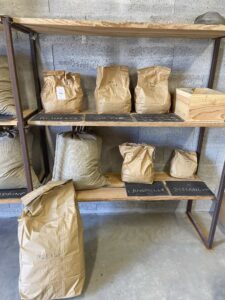
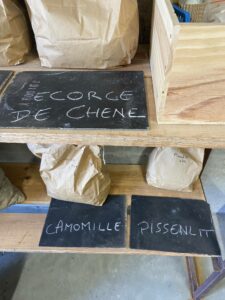
Fourcas-Hosten’s herbal tea preparations of biodynamic treatments
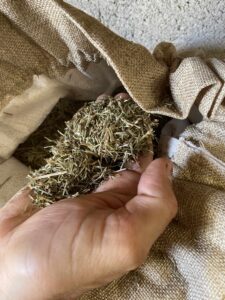
Another remarkable point is that this year the Petit Verdot was still in leaf in mid-July, thanks to the humidity – flowering was extra late! This will produce a grape that will add a spicy touch to the 2024 blends!
The other grapes have not yet started to change colour and this looks like “a normal year”, with the harvest due to start after mid-September.
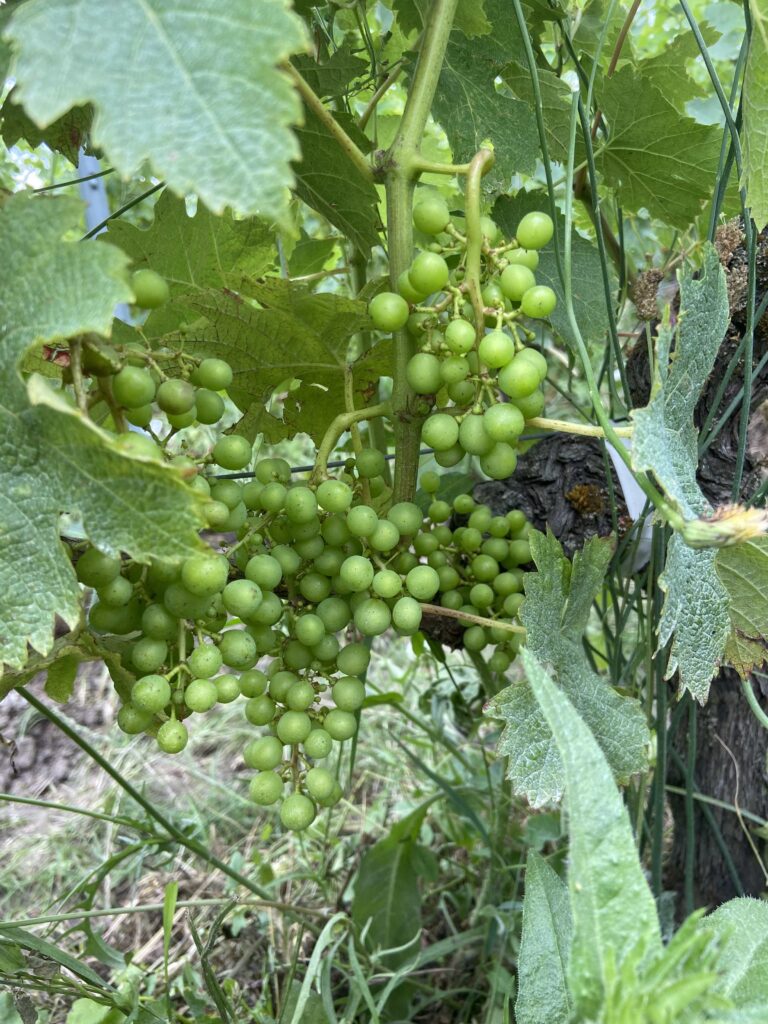
With climate change, the estate is replanting Cabernet Franc to replace Merlot, and Cabernet Sauvignon on gravel soils at a high density of 10,000 vines/ha.
Vinification and ageing
Thanks to its relatively cool terroirs, the estate focuses its vinification and ageing on the finesse and fruit expression of its grape varieties. Vinification takes place in concrete vats and truncated-cone foudre.
As for ageing, the coopers and barrels have been selected over the last 18 years. Each year, the team blind-tastes the same blend several times a year in different barrels from different coopers and toasting methods. In this way, they fine-tune the selection with their coopers (origin of the wood, drying, type of toasting, etc.). Today, the estate works with Seguin Moreau, Tonnellerie du monde, Quintessence, Orion, Nadalie, Taransaud, Francis Miguel and Demptos, and opts for drying periods of 24 to 36 months and light and long toasts that are more respectful of the fruit.

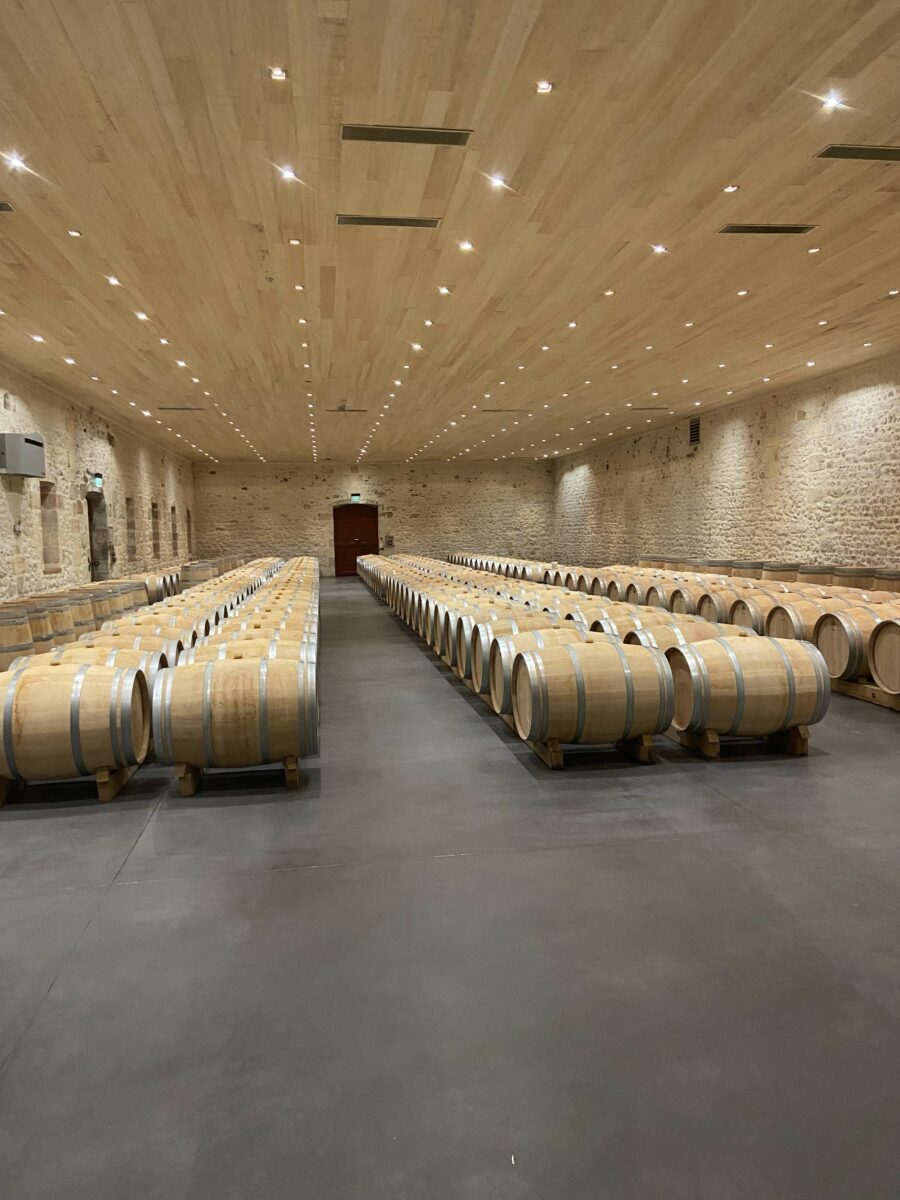
At the start of ageing, the new barrels are filled with Cabernet Sauvignon, which are more powerful and need the tannins of the new barrels; they ‘absorb’ them easily.
The Merlot goes into barrels that have already seen one year of ageing with wine, and amphorae.
In January, the different grape varieties are blended by cuvée, which are then transferred back to the barrels.
The aim is to have barrels that respect the wines’ aromas and freshness, to make the tannins silkier while revealing the aromas.
Today, 15% of red wines are matured in amphorae, which allow a fresher fruitiness to express itself and add extra complexity to the final blend.
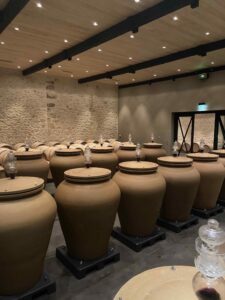
Cuvées disponibles actuellement
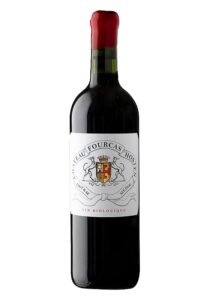
Château Fourcas Hosten Rouge
Blend of Cabernet Sauvignon, Merlot and Petit Verdot
The wine is vinified in tanks.
Aged for 12 months in barrels and, since the 2019 vintage, 15% in amphorae and 85% in barrels to further develop the fruit.
Vertical: the estate has old vintages, so please ask us for all the vintages available.
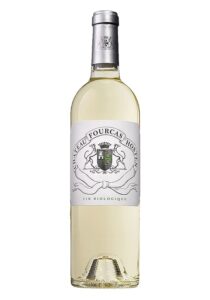
Château Fourcas Hosten Blanc
66 % Sauvignon blanc, 20 % Sauvignon gris, 14 % Sémillon
First vinified in 2019, this cuvée is a blend of Sauvignon Blanc, Sauvignon Gris and Sémillon.
The wine is vinified and aged in barrel.